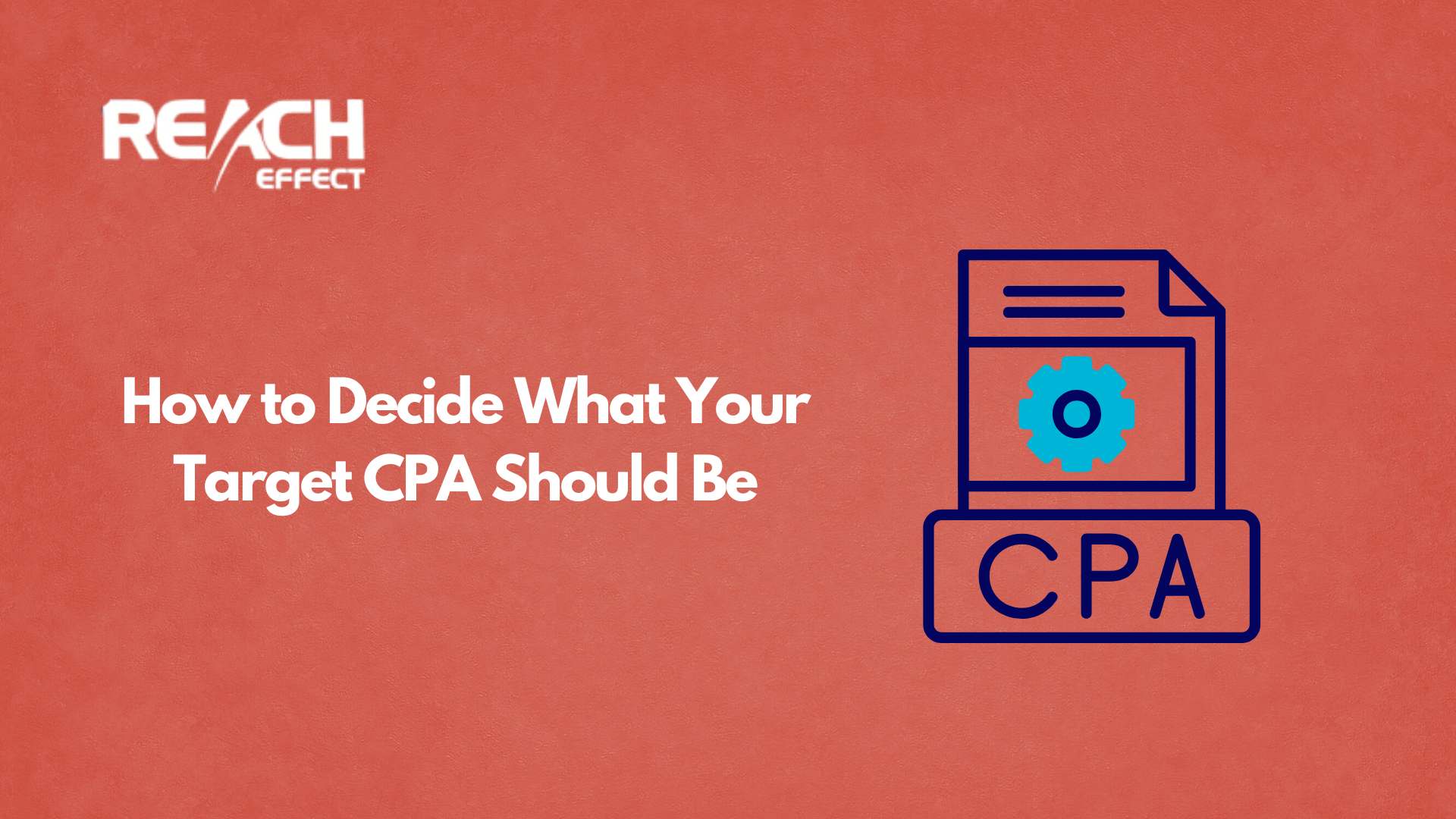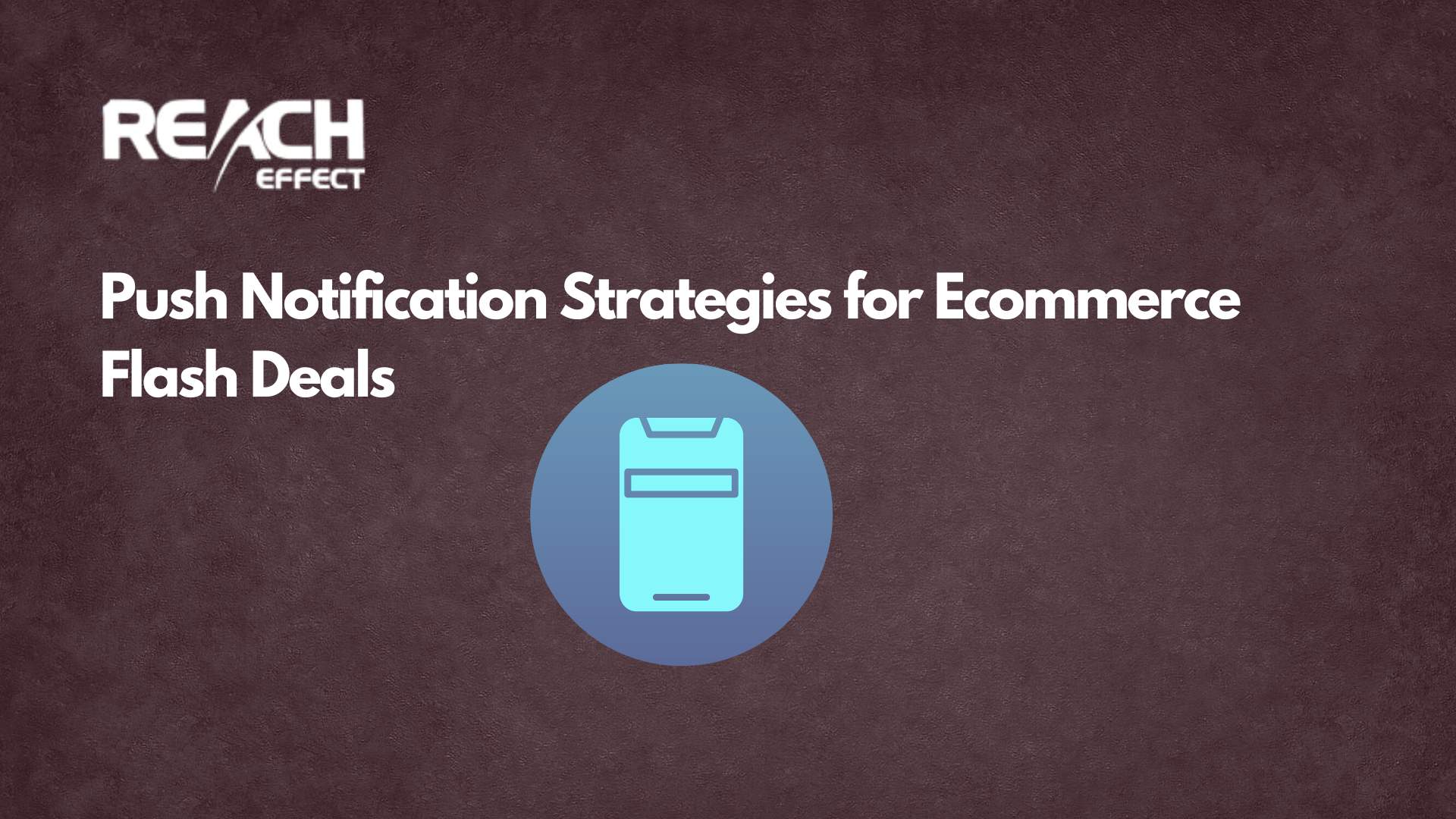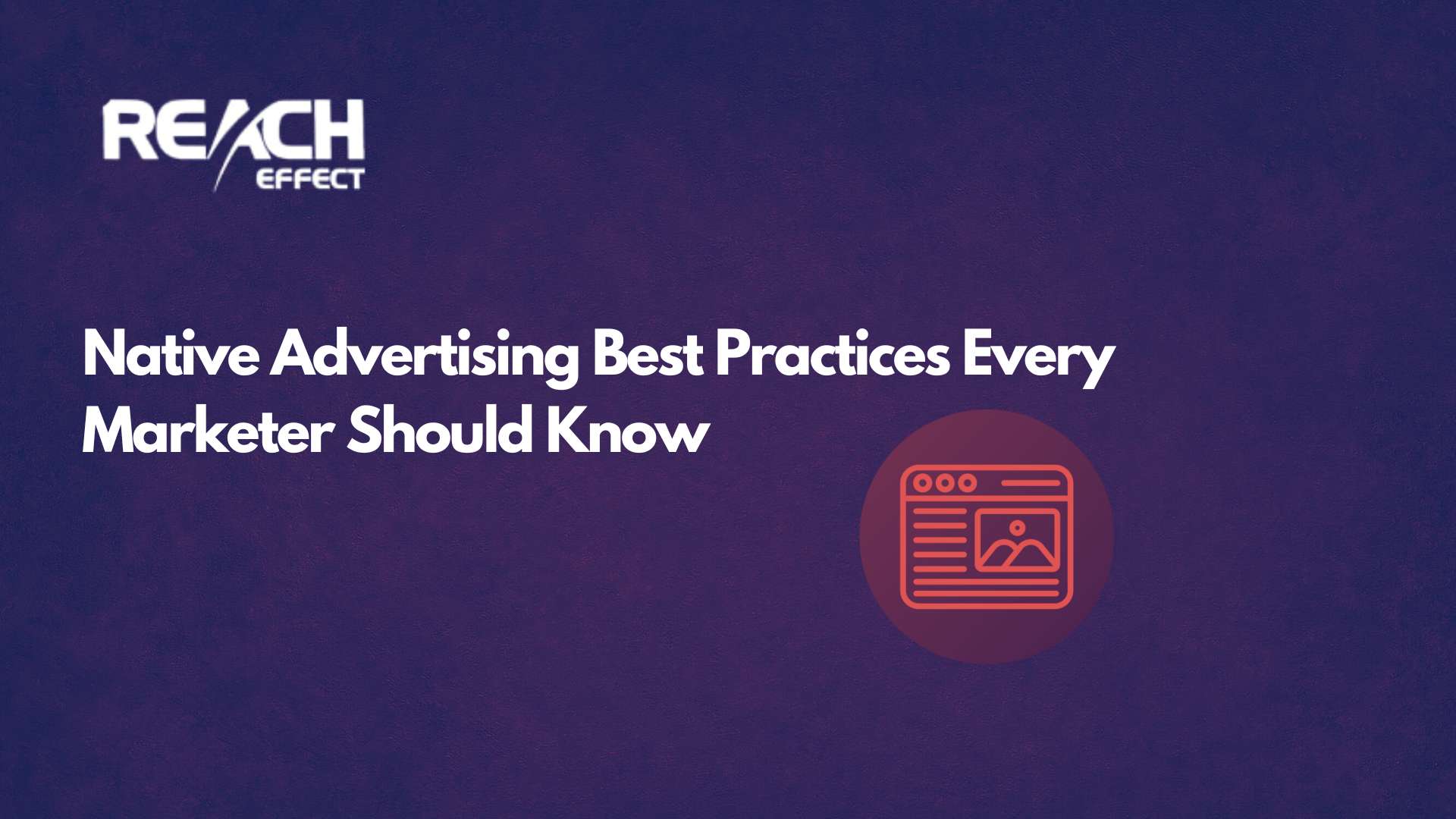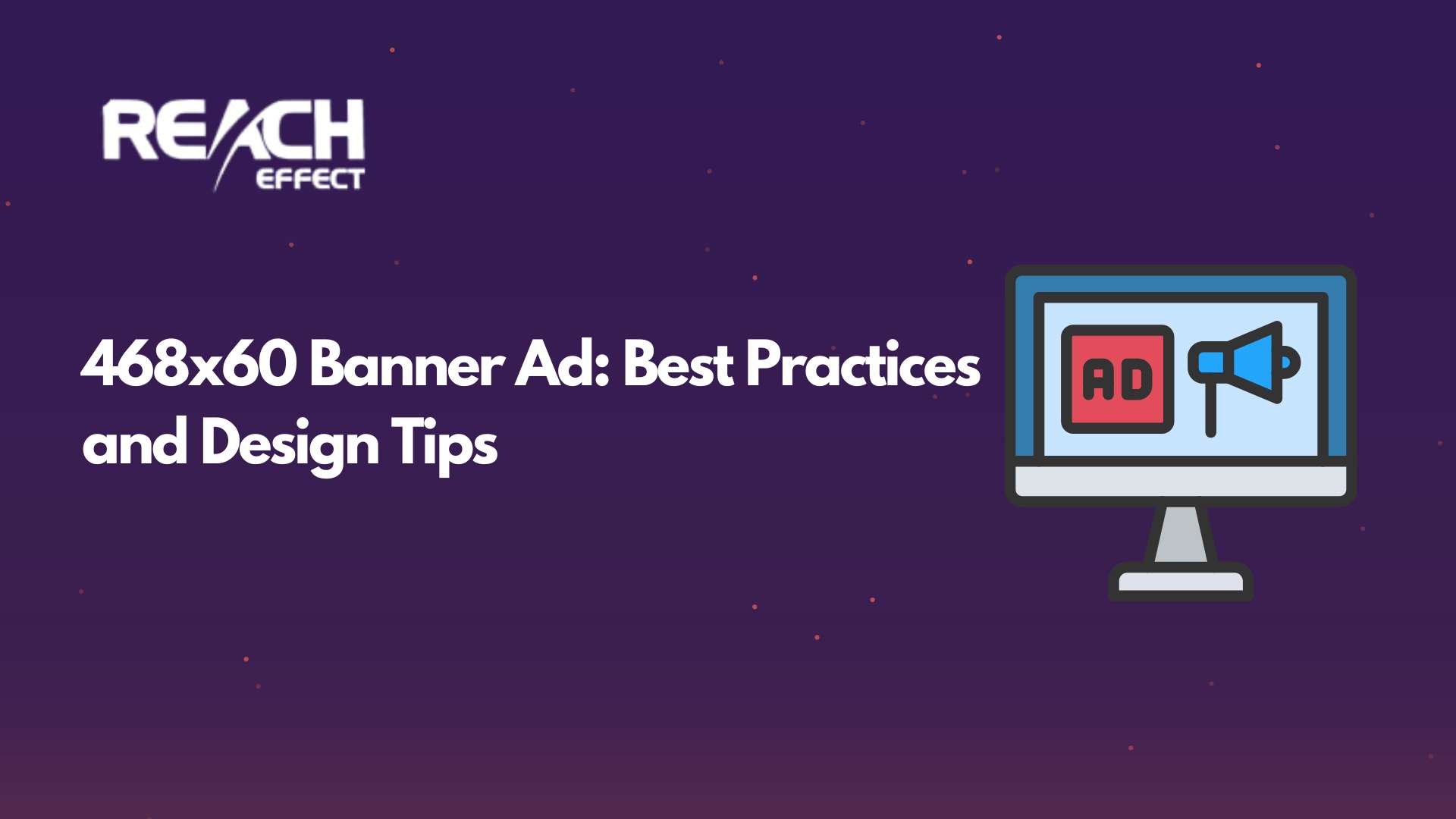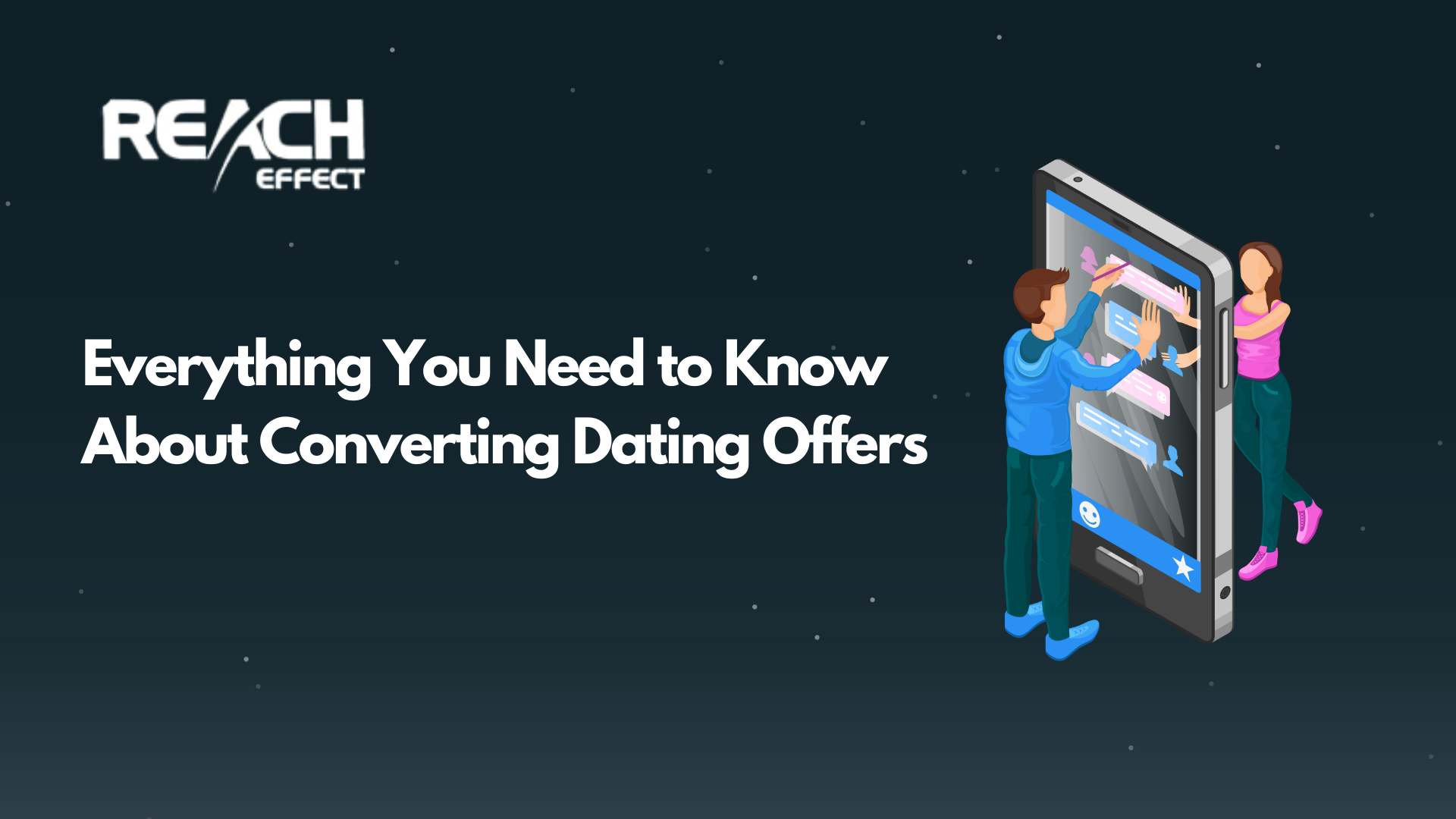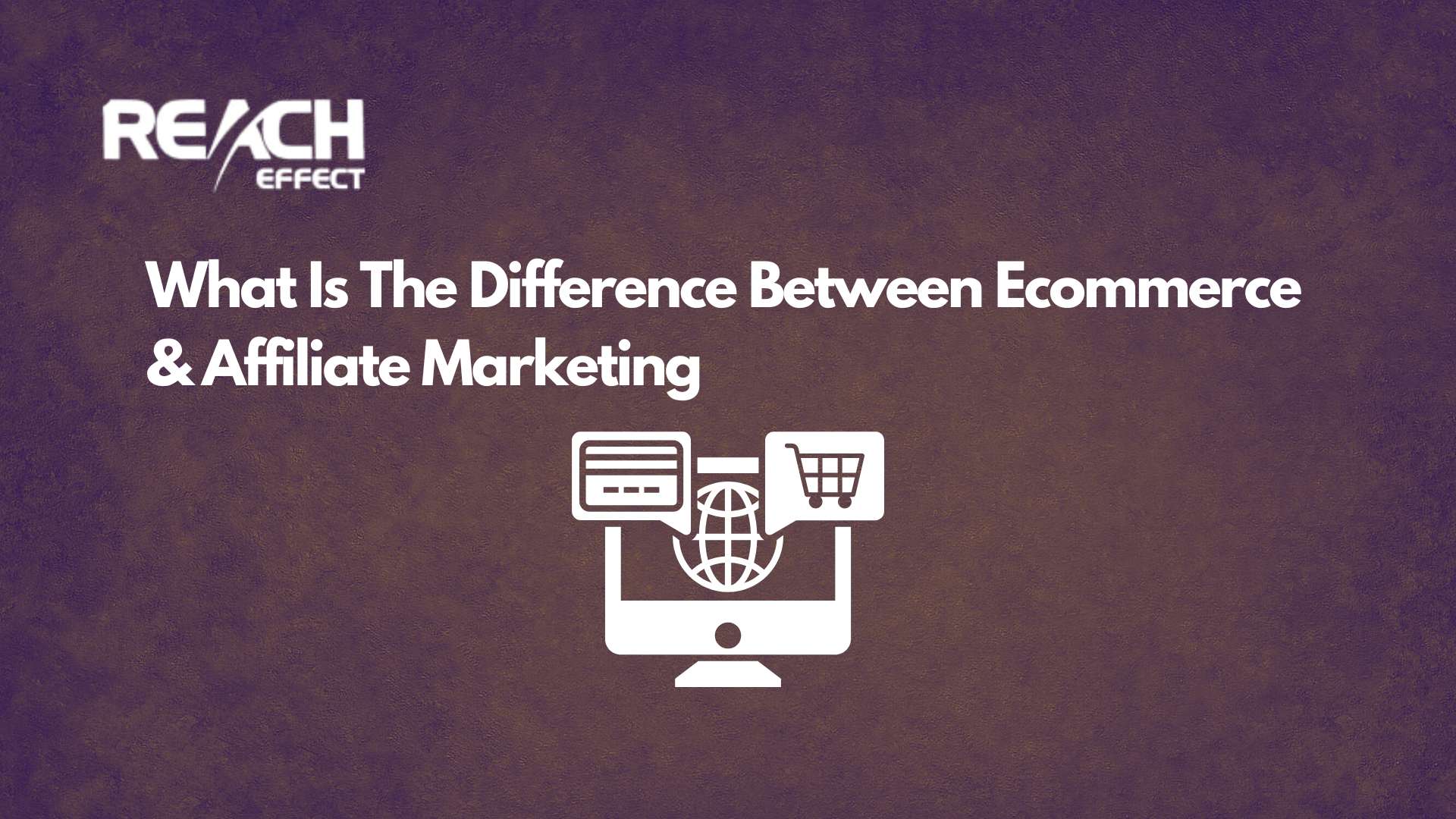Setting your target CPA feels like one of those make-or-break decisions. Too high and you’re overspending on every conversion. Too low and your campaigns might never leave the starting gate. I’ve spent years working with businesses trying to find that sweet spot, and I can tell you there’s no magic number that works for everyone.
But here’s what I’ve learned: deciding what your target CPA should be isn’t about guessing or copying competitors. It’s about understanding your business economics, analyzing your historical data, and giving the algorithm the breathing room it needs to work properly.
Understanding What Target CPA Really Means
Before we dive into the numbers, let me clarify what we’re actually talking about. Target CPA is an automated bidding strategy where you tell the amount you’re willing to pay for a conversion, and Google then automatically adjusts your bids in each auction to try and get you as many conversions as possible at or below that target.
Think of it this way: you’re not setting individual keyword bids anymore. You’re setting an outcome, and Google handles the rest through machine learning. The system processes millions of signals during each ad auction to determine the conversion probability, raising click bids for high conversion opportunities while lowering them for less promising ones to maintain an average CPA near your target budget.
The key word here is “average.” Some conversions will cost more than your target, others will cost less. Google is aiming to keep the overall average around what you specified.
Starting With Your Business Economics
The most important question isn’t “what should my target CPA be?” but rather “what can my target CPA be?” And that answer lives in your spreadsheets, not in best practice guides.
Calculate Your Break-Even Point
Start by understanding your unit economics. If you’re selling a product for $200 with a 30% profit margin, you’re making $60 per sale. That means your absolute maximum CPA before you start losing money is $60. But should you set your target CPA at $60? Absolutely not.
You need to factor in other costs: shipping, customer service, returns, payment processing fees. Let’s say those add another $15 per order. Now your true profit is $45. Setting a target CPA at $60 would mean you’re actually losing $15 on every sale.
Consider Your Business Stage
Your target CPA should also reflect where you are as a business. Are you focused on rapid growth and market share, even if it means lower margins? Or are you optimizing for profitability? Whether the business is focused on maximizing volume or overall profit is the main concern when determining the ideal target CPA.
A venture-backed startup might be comfortable with a $40 CPA when they’re only making $45 profit per sale. An established business optimizing for cash flow might want that CPA closer to $25. Neither approach is wrong, they’re just serving different objectives.
Learning From Your Historical Data
Here’s where most people go wrong: they set their target CPA based on their goals rather than their reality. Setting the target CPA based on a goal, not on data, is one of the most common mistakes, as trying to set a target too low too early will just choke your traffic.
Review Your Last 30 Days
Log into your Google Ads account and look at your actual cost per conversion over the past 30 days. If you’ve been averaging $35 per conversion, that’s your baseline. That’s what the market is currently charging you to acquire a customer with your current setup.
Can you improve on that? Probably. But should you immediately set your target CPA at $20? No. If your past CPA was $30, a $15 target could result in fewer impressions, so it’s recommended to begin with a target near your 30-day average CPA and adjust in 10-20% increments.
Industry Benchmarks as a Reality Check
While your own data matters most, it helps to know where you stand compared to others. CPAs differ significantly by industry, with finance at $41.43 and retail at $23.84, so targets should match industry standards. If you’re in financial services averaging a $25 CPA, you’re probably doing something remarkably well or you’re tracking micro-conversions instead of actual sales.
Use benchmarks to sanity-check your performance, not to set your targets.
The Practical Approach to Setting Your Initial Target
I would recommend a straightforward formula for setting your initial target CPA:
Step 1: Start Conservative
Set your initial target CPA at your current 30-day average, or even 10-15% higher. It’s often wise to start slightly higher than your average CPA (e.g., 10-20% above) to give the algorithm room to learn, then gradually lower it once performance stabilizes. This gives Google’s algorithm room to breathe during the learning phase.
Step 2: Wait for the Learning Phase
The learning phase usually lasts 7 to 10 days, depending on how much data you’re generating, and during this time performance may fluctuate with costs spiking and conversions dropping. Don’t panic. Don’t make changes. Just watch.
Making adjustments during this phase resets the learning process, and you’re back to square one. I’ve seen businesses waste weeks because they couldn’t resist tweaking things every other day.
Step 3: Optimize Gradually
Once the learning phase completes and your performance stabilizes, you can start optimizing. Lower your target CPA by 5-10% and monitor the results for another week or two. If conversion volume holds steady or improves, great. Make another adjustment. If volume drops significantly, you’ve gone too far.
Knowing When Your Target CPA Is Too Low
Setting an aggressive target CPA feels proactive. You’re telling Google you want efficient conversions. But there’s a line between ambitious and unrealistic.
Warning Signs Your Target Is Too Restrictive
If you notice these symptoms, your target CPA might be choking your campaigns:
- Your impression share drops dramatically after implementing target CPA
- Daily budget consistently underspends
- Conversion volume falls off a cliff
- Campaign spends less than 70% of budget regularly
Setting your tCPA too low can severely restrict your ad visibility and conversion volume. Google looks at each auction, estimates the likelihood of conversion, and only bids when it thinks it can hit your target. If your target is unrealistically low, it’ll pass on most auctions.
The result? Your campaign barely spends money, generates almost no traffic, and you conclude “target CPA doesn’t work.” But the strategy isn’t broken, the target was just impossible.
Prerequisites for Target CPA Success
Not every campaign is ready for target CPA bidding. There are some non-negotiables that need to be in place first.
Conversion Volume Requirements
If your account generates fewer than 15 conversions in the past 30 days, Google’s algorithm may not have enough data to optimize effectively. The machine learning needs data to learn from. Without sufficient conversion history, it’s making decisions in the dark.
If you’re below this threshold, consider starting with Maximize Conversions (without a target) to build up your conversion data first. Once you hit 30+ conversions in a 30-day period, you can layer in a target CPA.
Budget Considerations
If your daily budget is too small (e.g., equal to or less than your average CPA), tCPA won’t perform well, so aim for a daily budget at least two to three times your average CPA.
Think about it logically. If your target CPA is $40 and your daily budget is $50, Google can only afford one conversion per day with minimal room for optimization. Set your daily budget high enough that the algorithm has space to test different bids and learn what works.
Clean Conversion Tracking
This should go without saying, but I see it overlooked constantly: your conversion tracking needs to be accurate. Without accurate conversion tracking, Target CPA cannot perform effectively, so ensure your tracking setup is correctly configured before applying the strategy.
If you’re tracking junk conversions, button clicks that don’t lead anywhere, or you’ve got duplicate tracking firing, target CPA will optimize toward garbage. Garbage in, garbage out.
Making the Final Decision on What Should My Target CPA Be
After all this analysis, here’s my actual recommendation for deciding what your target CPA should be:
- Calculate your maximum profitable CPA based on your unit economics
- Review your last 30-60 days of actual CPA performance
- Set your initial target at your recent average (or 10-15% higher if you’re just starting with target CPA)
- Ensure you have at least 30 conversions per month and a sufficient daily budget
- Let the learning phase complete without interference
- Gradually optimize in 5-10% increments with 1-2 weeks between changes
- Monitor performance weekly but resist the urge to make daily adjustments
The “right” target CPA isn’t something you find in a guide or calculate with a formula. It’s something you discover through careful testing and optimization. Start conservative, optimize gradually, and let the data guide your decisions.
Your target CPA should be ambitious enough to drive meaningful profit improvement but realistic enough that your campaigns can actually generate conversions. Find that balance, and you’ll have found your answer to what should a target cpa be for your specific business.
By the way if you are tired of Google Ads and want to try something else here’s an article we wrote on alternatives to Google Ads.

